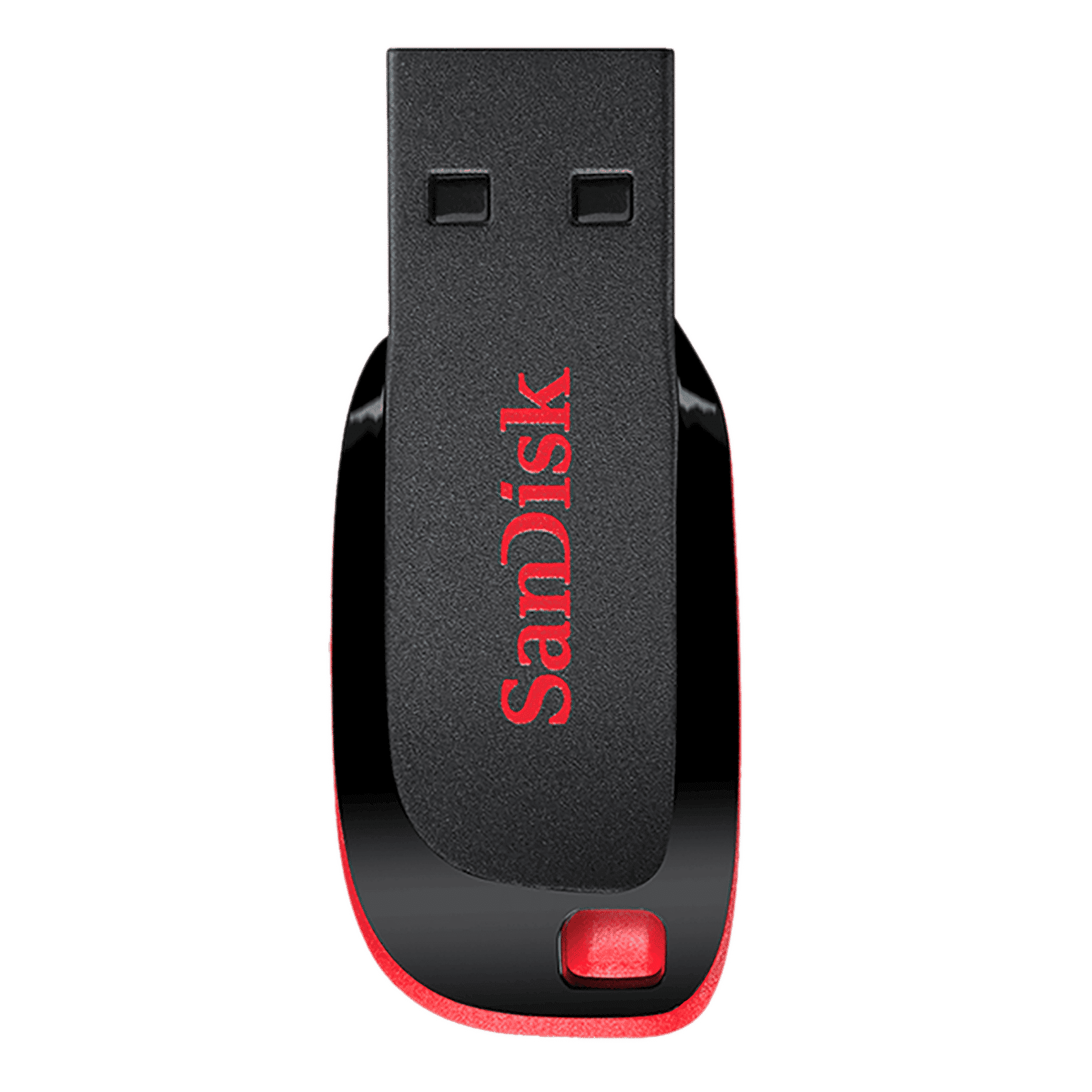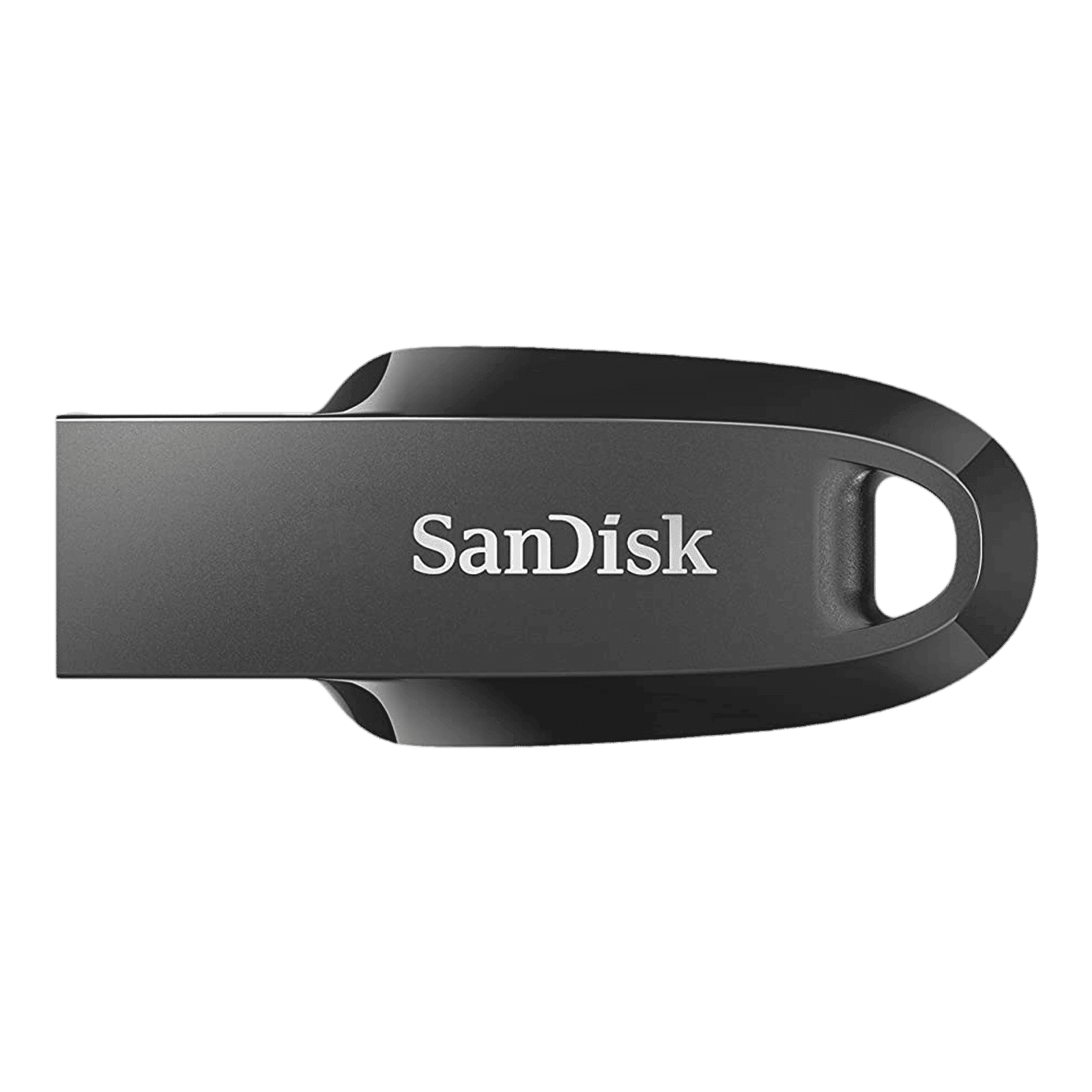%20(Presentation)%20(1600%20x%20600%20px)(104)-e7981044-6d08-4425-b3f9-f97c6bfbc443.webp&w=3840&q=75)
Consumer Electronics
•04 min read

Buy SanDisk Cruzer Blade 64GB USB (2.0) Pen Drive (High-Capacity Drive, Red) online at best prices from Croma. Check product details, reviews & more. Shop now!
Ever struggled to access your USB drive while working in a VirtualBox environment? VirtualBox is a powerful tool that allows you to run multiple operating systems on one machine, but integrating USB drives can sometimes be a challenge. This guide will walk you through every step on how to use usb drive in virtualbox, helping you set up, enable, and troubleshoot the process so that your external storage devices work seamlessly in your virtual machines.
USB passthrough is a feature that allows your virtual machine to directly access a USB drive connected to your host computer. This functionality is essential for tasks such as file sharing, data backups, and software testing. Using this feature, you can easily mount usb drive in virtual machine environments, making it simpler to manage files and resources across both your host and guest systems.
Before diving into the configuration, ensure you have the latest VirtualBox software installed along with the Extension Pack, which is crucial to enable advanced USB support. Apart from these, you will need your USB drive and a compatible host operating system. VirtualBox supports a range of operating systems including Windows, Linux, and macOS, so choose the setup that best fits your needs.
To enable usb support in virtualbox, begin by downloading and installing the latest version of VirtualBox from the official source. Once installed, add the Extension Pack to unlock USB 2.0 and USB 3.0 functionalities. This simple addition expands the capabilities of your virtual machines, allowing them to better utilise USB devices.
If you are a Linux user, you might need to add your username to the vboxusers group. This step grants the necessary permissions for USB passthrough to function correctly. Windows and macOS users can skip this step, as their systems handle these permissions differently.

Buy SanDisk Ultra Curve 64GB USB (3.2) Pen Drive (Compact Design, Black ) online at best prices from Croma. Check product details, reviews & more. Shop now!
Once your environment is ready, open the VirtualBox Manager and navigate to the settings of your chosen virtual machine. Here, enable USB support by selecting the appropriate USB controller options. You can choose between USB 1.1, 2.0, and 3.0 depending on your device compatibility. This simple action goes a long way in ensuring that you can connect external drives to virtualbox without any hassle.
After enabling USB support, you can connect the USB drive to your virtual machine. In VirtualBox Manager, manually select the USB device or use USB filters for an automated connection every time. With this method, you can ensure that your devices are recognised promptly, and you can access usb storage in virtualbox with confidence.
Pro Tip: Maximise USB Performance in VirtualBox
Did you know that using USB filters can streamline your workflow? Filters allow VirtualBox to automatically detect and connect specific USB devices to your virtual machine without manual intervention every time. Set them up in the USB settings for a hassle-free experience!
Once your USB drive is connected, ensure the guest operating system recognises it. Check the storage section of your guest OS to see if the drive appears as expected. If not, verify that USB passthrough is enabled and that you have selected the correct device. Troubleshooting small issues early on can save a lot of time later.
One of the strengths of VirtualBox is its ability to run diverse operating systems. Whether you are using Windows, Linux, or macOS as your guest OS, the steps to access your USB drive remain largely the same. However, each operating system might have slight nuances in how it displays external storage. Familiarising yourself with these differences ensures a smoother experience across various setups.
Occasionally, you may encounter errors such as a USB device not being detected by VirtualBox or the message, 'VirtualBox USB no devices available.' These issues can most often be resolved by checking if the Extension Pack is installed, ensuring your USB drive is functioning properly, or reconnecting the device. Simple reconnection steps or altering the USB setting from 2.0 to 3.0 might resolve the issue.
For those seeking a more seamless process, consider using powered USB hubs to stabilise the connection between your host and the virtual machine. Keeping your drivers updated and reviewing the USB settings periodically can also improve overall performance. These virtualbox usb compatibility tips are designed to ensure that your external drives work harmoniously, providing a stable environment for work and play alike.
Install the VirtualBox Extension Pack, activate USB support under settings, and connect the USB drive using either manual selection or USB filters.
Enable USB support in VirtualBox's settings, select the desired USB device, and verify that the Extension Pack is installed.
Connect the USB device to your host machine, activate USB passthrough in VirtualBox, and access the drive within the guest OS.
Follow similar steps as for USB drives: install the Extension Pack, activate the required USB support, and select your external drive in VirtualBox settings.
This comprehensive guide has shown you how to use usb drive in virtualbox, highlighting each necessary step from setup to troubleshooting. By following these clear, concise instructions, you not only gain better control over your virtual environments but also earn practical knowledge that can save you time and effort in the future. With Tata Neu’s commitment to a seamless and rewarding online experience, every detail of your tech life—from accessing critical data on external drives to enjoying NeuCoins rewards—adds value to your daily digital endeavours.
Remember, excellence in virtualisation lies in the details. Understanding and applying these techniques ensures that your experience remains smooth, efficient, and rewarding. Dive deeper into VirtualBox features and discover more ways to optimise your setup, while enjoying the trust and benefits of a secure, user-first platform.